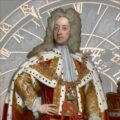 History Timeline – House of Hanover
History Timeline – House of Hanover
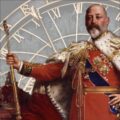 House of Saxe-Coburg Gotha
House of Saxe-Coburg Gotha
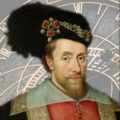 History Timeline – The Stuarts
History Timeline – The Stuarts
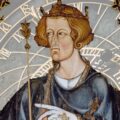 History Timeline 1154 – 1399
History Timeline 1154 – 1399
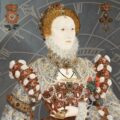 History Timeline – The Tudors
History Timeline – The Tudors
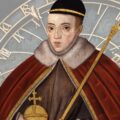 History Timeline 1399 – 1485
History Timeline 1399 – 1485
 Becoming Elizabeth Books – Books to help you learn the history behind the series
Becoming Elizabeth Books – Books to help you learn the history behind the series
 Philip II of Spain
Philip II of Spain
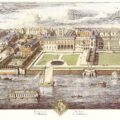 Elizabeth I and Somerset House
Elizabeth I and Somerset House
 Elizabeth I Timeline
Elizabeth I Timeline
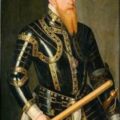 Prince Eric of Sweden
Prince Eric of Sweden
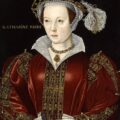 Catherine Parr and Elizabeth
Catherine Parr and Elizabeth
Copyright © 2025 The Elizabeth Files